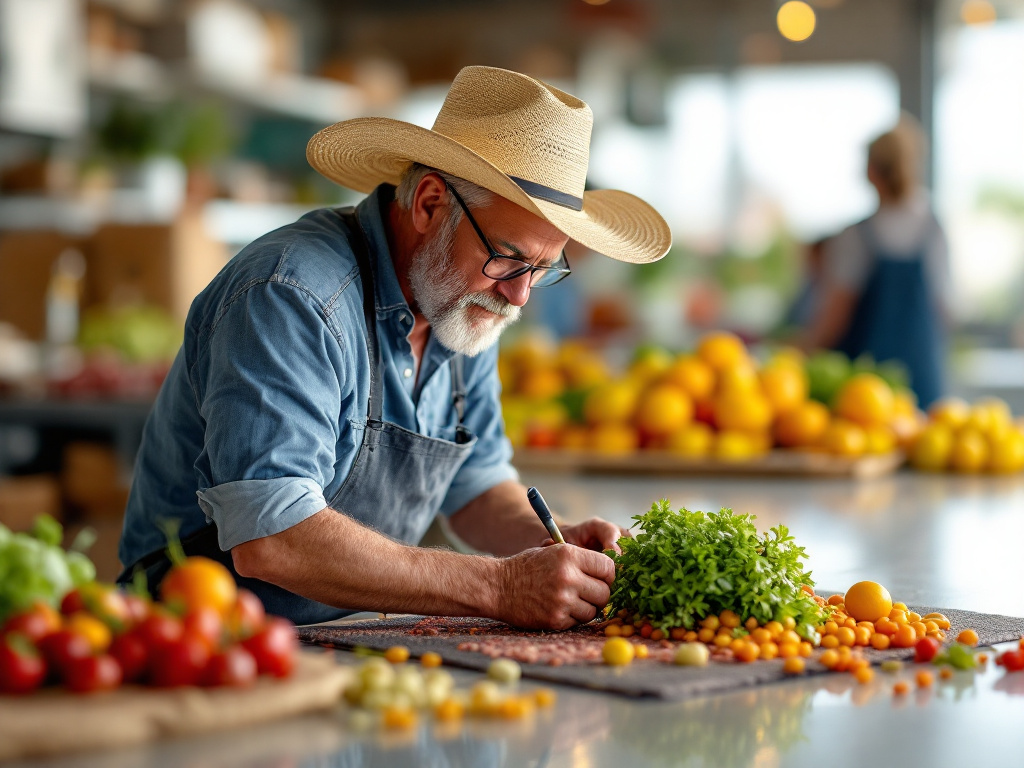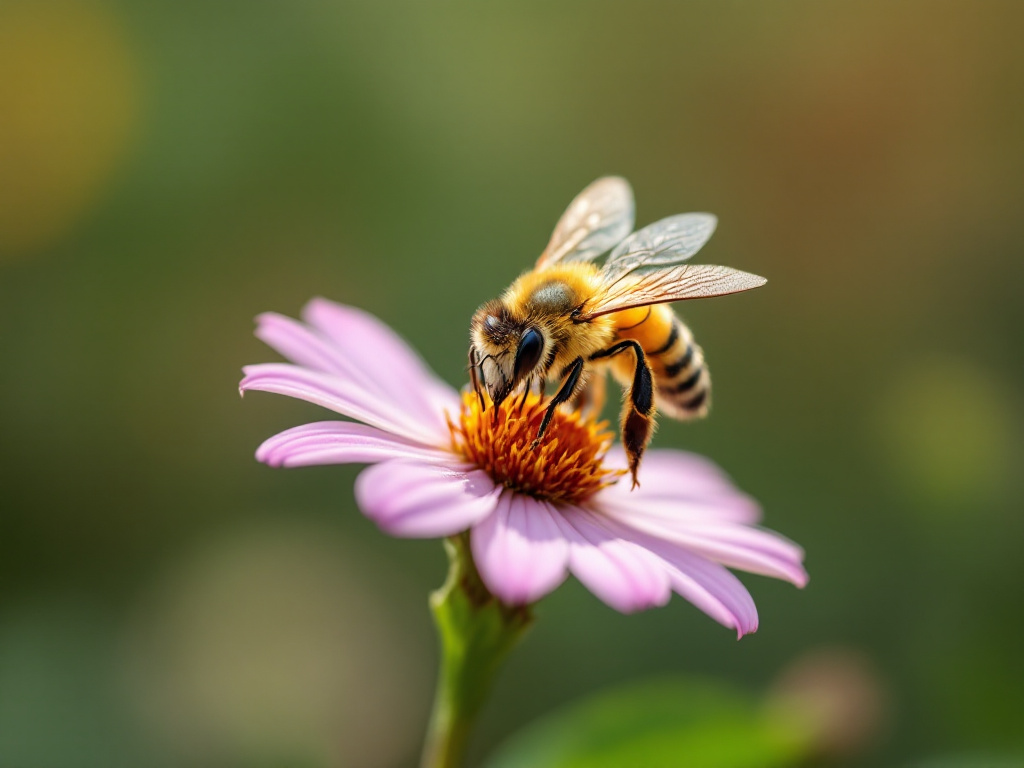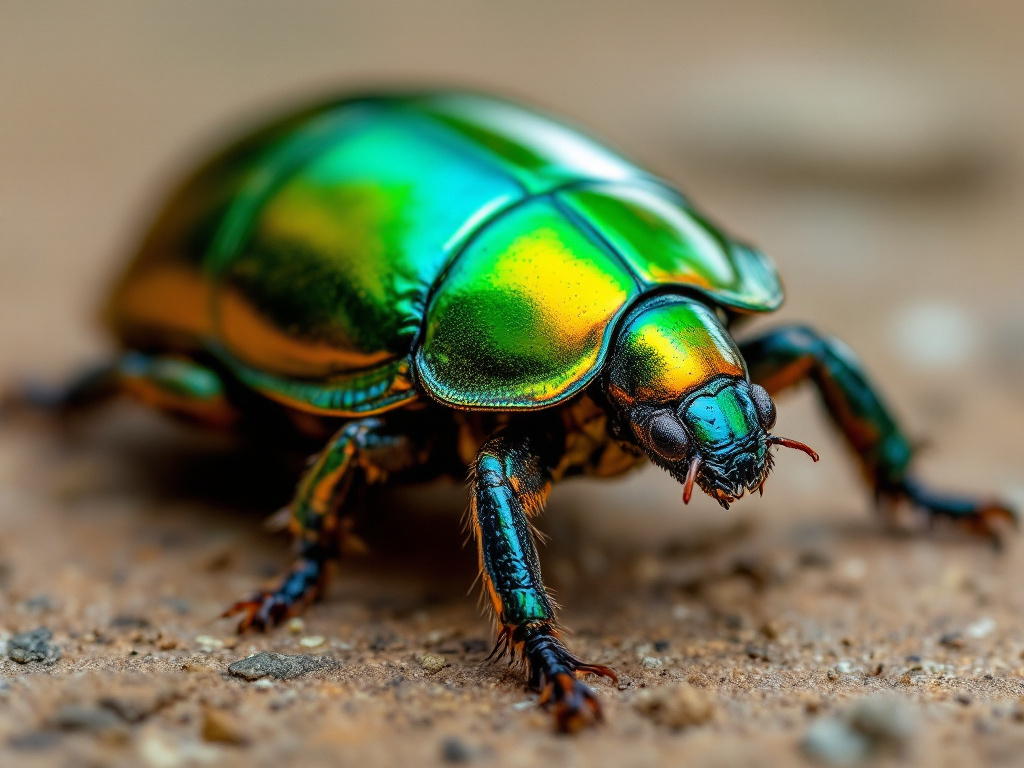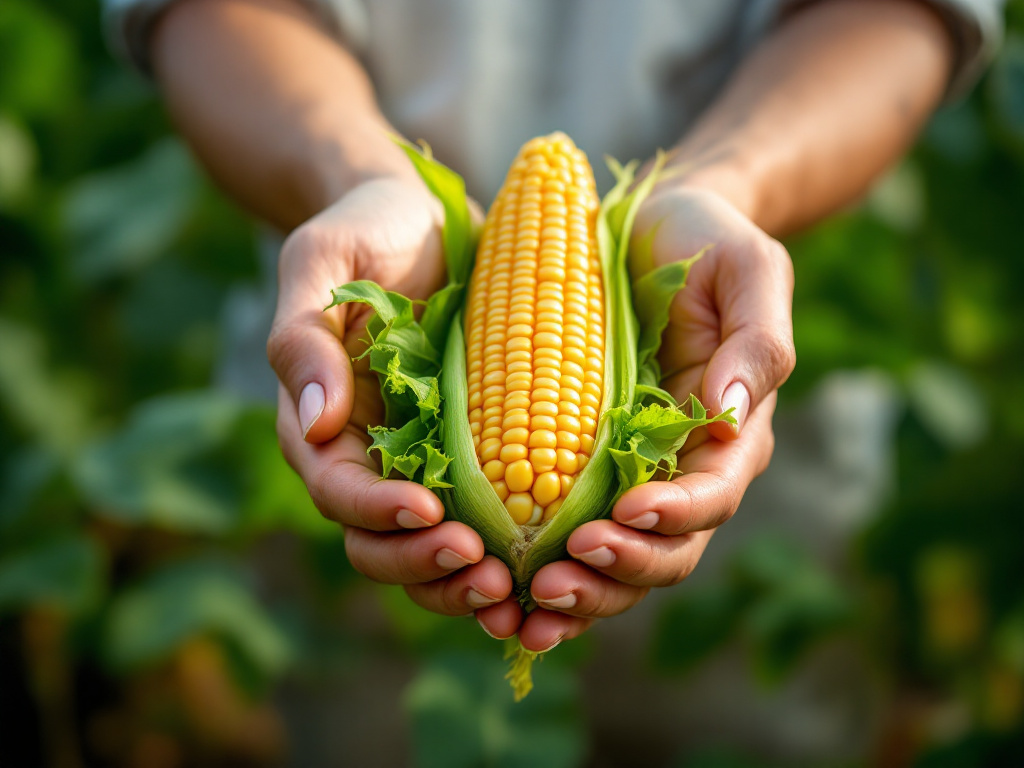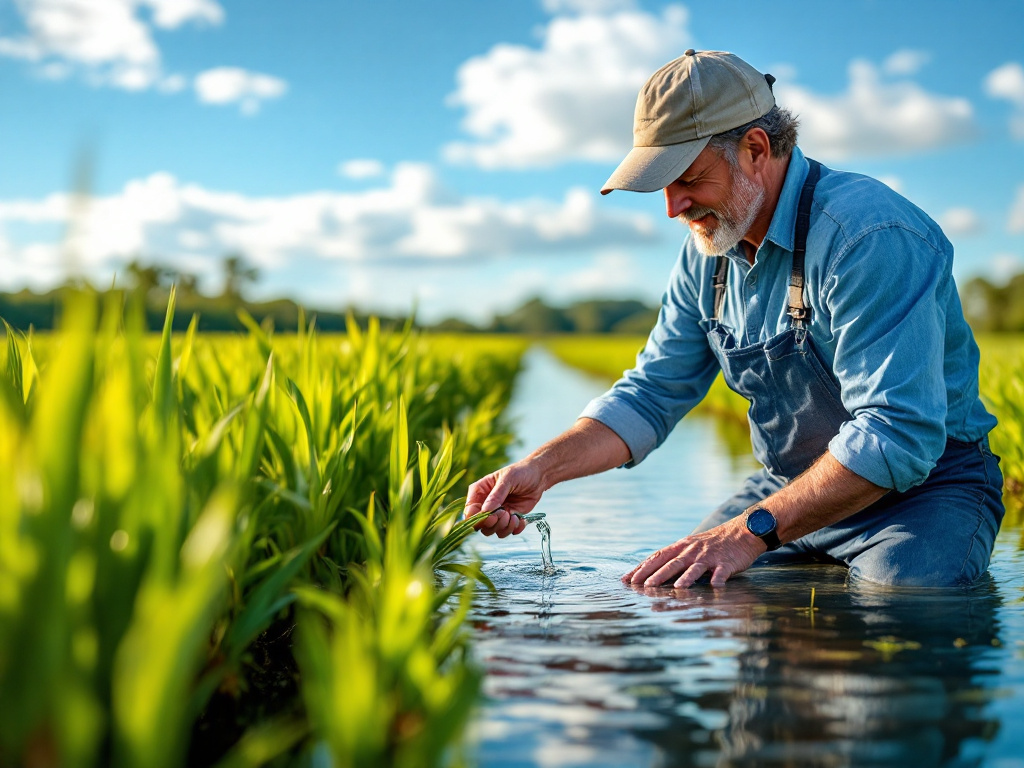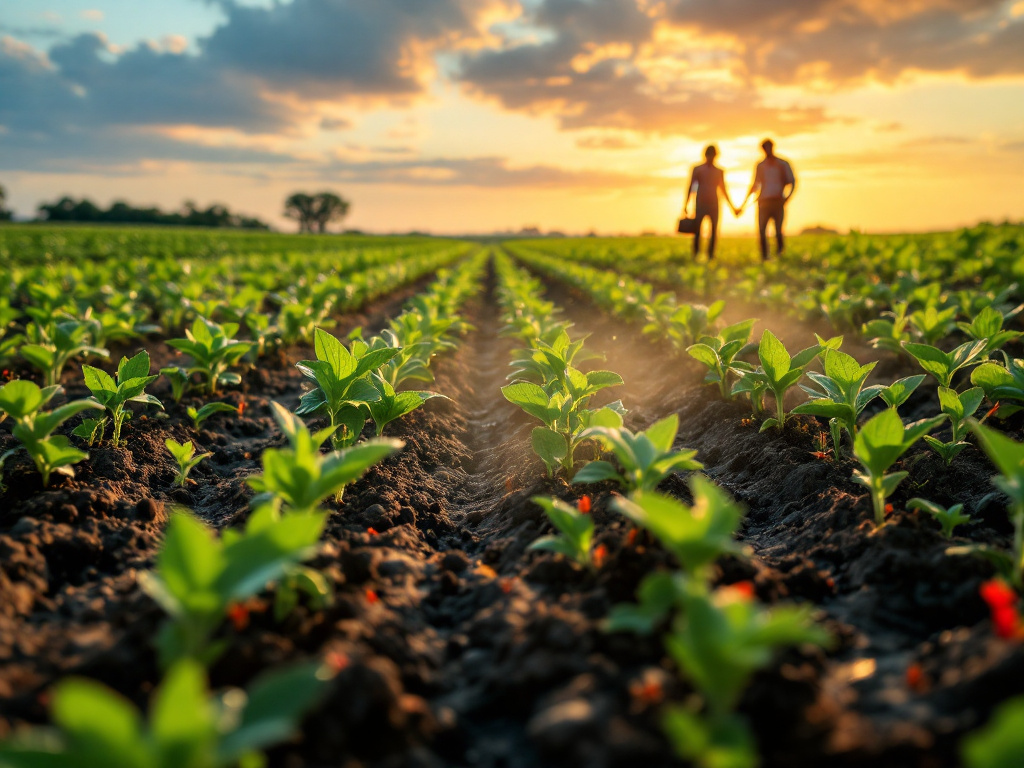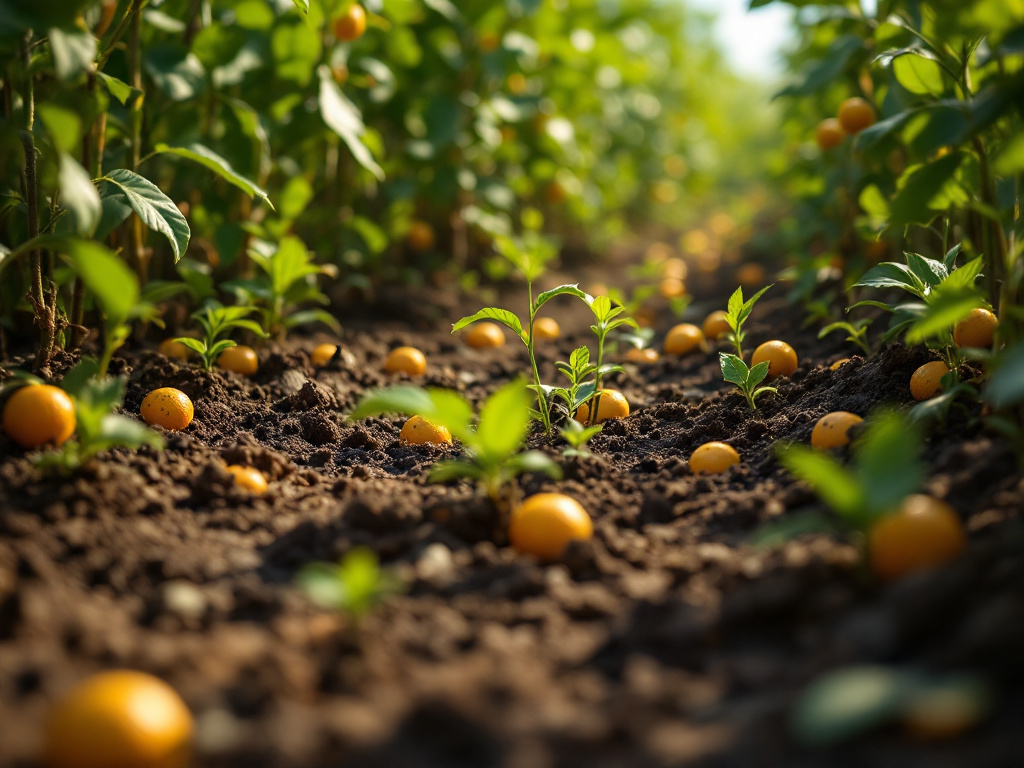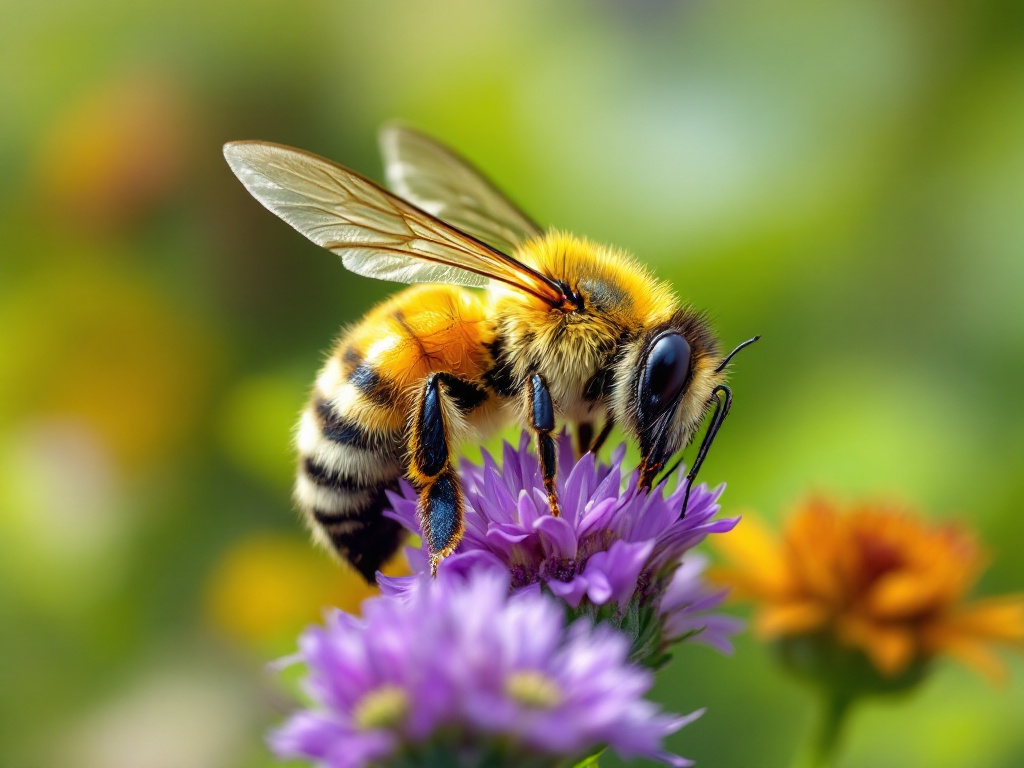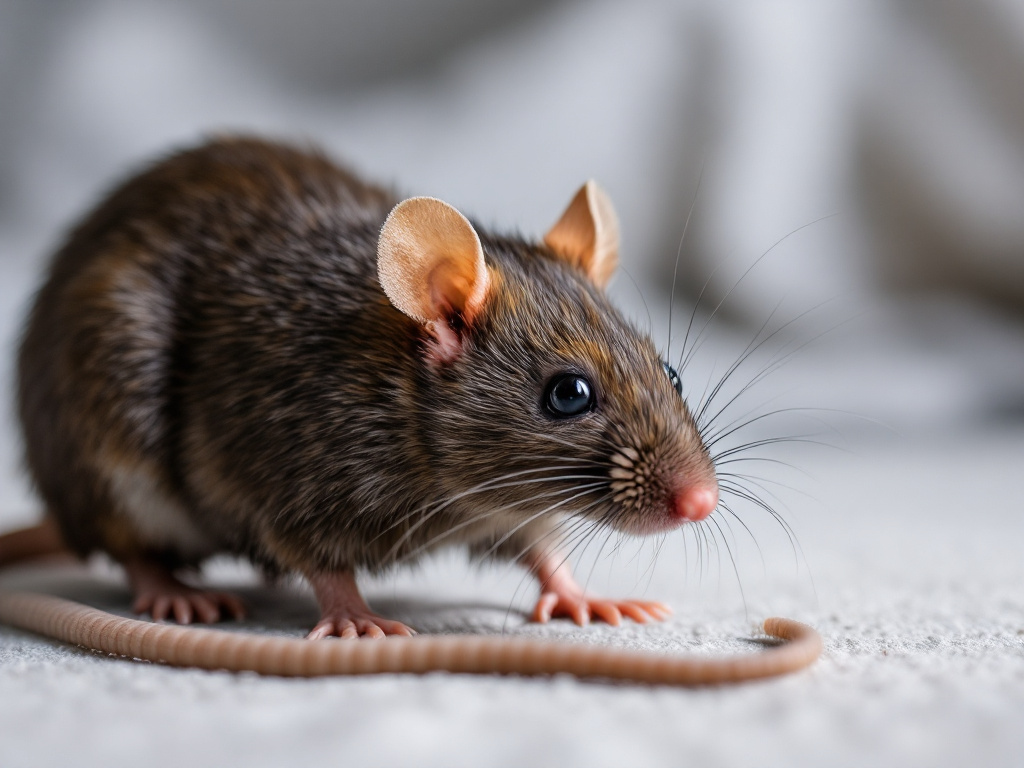Image generated by flux-ai.io & content generated by ChatGPT Version 4o-mini
Unlocking Business Success: Lessons for Collier County Entrepreneurs
In the bustling landscape of Collier County, where agriculture, tourism, and service industries thrive, understanding what makes businesses succeed or fail can be the key to economic growth. Recent research sheds light on this topic, revealing important characteristics that differentiate successful businesses—what the study calls “winners”—from those that struggle, or “losers.”
The Traits of Business Losers
First, let’s dive into what makes a business a “loser.” According to the research, there are six common traits that often lead to poor performance in businesses. Recognizing these can help local entrepreneurs avoid pitfalls:
-
Financial Poverty: Many businesses start without enough money to sustain themselves, leading to early failure. This is crucial in Collier, where new ventures in agriculture or tourism need solid funding to thrive.
-
Managerial Short-Sightedness: Some businesses focus only on immediate profits, forgetting to plan for the future. This can be dangerous in a community like ours, where long-term investments in local resources can lead to sustainable growth.
-
Managerial Blundering: Poor decisions, like launching a product that fails to meet customer needs, can cripple a business. In Collier, where customer preferences can shift rapidly, staying in touch with what residents want is vital.
-
Managerial Ignorance: This can occur when leaders lack knowledge or refuse to seek help. For instance, a local farmer might not know about new sustainable practices that could enhance their yield.
-
Managerial Cowardice: Sometimes, businesses fail to take necessary risks, even when they have the resources. For example, a local restaurant might hesitate to update its menu based on customer feedback, missing out on a chance to attract more diners.
-
Organizational Impersonality: When businesses become too automated and lose personal touch, they can alienate customers. In Collier, where community ties are strong, maintaining personal relationships can set a business apart.
What Makes Business Winners?
On the flip side, successful businesses often share ten key characteristics. These traits can serve as a guide for local entrepreneurs looking to improve their chances of success:
-
Innovation as a Way of Life: Successful businesses continuously innovate. For Collier’s farmers, this could mean adopting new technologies or sustainable practices to improve crop yields.
-
Small Market Niches: Winning businesses often find and exploit small markets. This could look like a local shop selling unique crafts or specialty food items that appeal to visitors and residents alike.
-
Competing on Value, Not Price: Instead of racing to the bottom with prices, successful businesses focus on offering value. A local service that provides excellent customer care can stand out even if prices are slightly higher.
-
Strong Mission and Vision: Successful businesses have a clear purpose and communicate it well. This can resonate with the community, creating loyal customers who support local initiatives.
-
Attention to Business Fundamentals: Strong financial management and employee satisfaction are crucial. Businesses that invest in their workers, like providing training or benefits, often see better results.
-
Encouraging Experimentation: Businesses that allow room for creativity and new ideas foster innovation. For example, a local café might experiment with new recipes or community events to attract more customers.
-
Thinking Like Customers: Understanding and anticipating customer needs is key. This could mean a local shop keeping track of seasonal demands and adjusting inventory accordingly.
-
Rewarding Performance: Recognizing and rewarding employees boosts morale and productivity. In Collier, where many live and work closely, a positive work environment can lead to better service.
-
Setting Examples at the Top: Leadership matters. Business owners who lead by example can inspire their teams and create a strong company culture.
-
Attacking Bureaucracy: Streamlining processes can help businesses operate more efficiently. In a growing community like Collier, reducing red tape can enhance customer experiences.
Why This Matters for Collier County
For the residents of Collier County, understanding these traits can lead to better business practices, creating a stronger local economy. Entrepreneurs and business leaders can use this research to evaluate their operations and make necessary changes, ensuring they not only survive but thrive in our vibrant community. By learning from both the successes and failures of others, local businesses can contribute to a more prosperous future for everyone in Collier County.
References
HR007/HR007: What Business Winners Do Right, Where Business Losers Go Wrong. (n.d.). Ask IFAS – Powered by EDIS. https://edis.ifas.ufl.edu/publication/HR007

